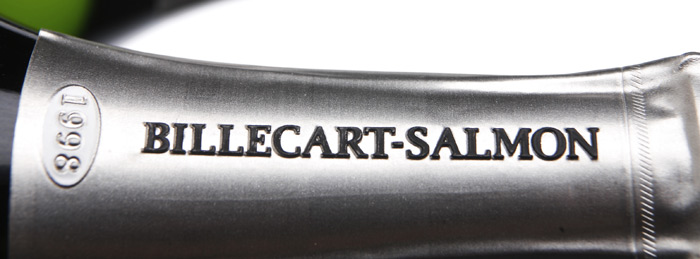Champagne; too successful by half? And bottles, and magnums…
Author: Simon Field MW
Well, as the Champenois put up their feet, preparing for some late summer sun on the Riviera after an extraordinarily early harvest, there must, for all those rugby and football woes, be a few smiles on their faces. Why? Because once more the stories of demand exceeding supply and global supply shortages are doing the rounds, grist to the mill of publicity at which the marketing professionals at the big companies such as LVHH and Vranken excel, nonchalantly of course.
But is there any truth in them? The Comité Interprofessionel Des Vins De Champagne ( CIVC) are now authorising absurdly high yields (15,500 kg/ha including bloquage – enough to make a Bordelais blush and a Burgundian faint) and yet if they are to maintain the quality imperative which has been the bed-rock of their success they will be unwise to try and extend the vineyard area (currently at pretty much full capacity at 34,000 hectares) or to reduce the ageing requirement of the wines.
Production, 25 million bottles in 1950, is set to be a record 328 million bottles this year, pretty much exactly mirroring the current sales. But the current sales look set to rise by up to 5% a year. There is no slack any more, and emerging markets, carefully nurtured, now need to be quenched.
So yes, there will inevitably be a supply problem. What I think we will see is that the great Grandes Marques will gradually cease the extraordinary St Vitas Dance of deep discounting that has been a bizarre feature of our high streets for so long, and will eventually pull out of the high street altogether, being far more selective about their distribution, primarily in the independent sector and leading hotels and restaurants.
Greater polarity will ensue with the big brands from the Boizel Group, The Vrankens and Pernod Ricard all still being widely available, but the Pols, Bols and Roederers of this world will be much harder to find, with, inevitably, concomitant pressure on prices. Every which way the Champenois can not fail to come out on top, if they can continue to manage the grape supply and pricing with their habitual aplomb.
Is it all over for Grandes Marques on the high street?




I just came back from getting married in France – we bought our fizz from a large Cave near Bordeaux. Sicne we had placed our original order, the price of Billecart Salmon Brut Reserve had appreciated from 22 Euro to 25 in just a few months – I was told it was all down to demand, with Champagne sales up and Billecart in particular becoming very popular. We also splashed out on a Blanc des Blancs fizz from the Bordeaux region at 4 euros a bottle…and after the dust had settled I secretly found it more to my taste! Maybe the increased demand will finally force people to appreciate the other fine sparklers on offer – and to taste some of the real variety in Champagnes on offer…I had my first bottle of Ruinart blanc des blancs a few weeks ago and I am off to hunt for more! marvellous stuff.
I assume you mean 15,500 kg/ha rather than 15,500 hl/he. This equates to around 100 hl/ha. Of course this has nothing to do with the dire quality of some Champagnes!
@ Paul Basham
Congratulations on your wedding Paul; Billecart certainly a good choice, for all the pressure on prices! I think there may be more mileage for the sparklers as you say; we have certianly seen a great increase in demand for our patriotic selection, viz the sparkling wines from Nyetimber and Ridgeview. Ruinart, I agree, make sublime Blanc de Blancs; the 96 Dom Ruinart , which we currently list, has all the structure and power that one would expect from that particular vintage, a keeper , as is the wonderfully textured Comtes De Champagne from Taittinger from the same year. We also have Ruinart BDB from 88 and 86 to show just how well Chardonnay Champagne can age. Happy hunting!
@ Steve Smith
Thanks Steve, quite right, 15,500 hl/ha would be excessive , even for the Champenois. The yields of 100 hl/ha seem on the high side, to put it mildly, but I guess it’s just an illustration of how different a beast Champagne is. The real quality is autolytic and alchemical and takes place in the bottle post second fermentation; but ,as you say, if you over-crop raw materials, leave for the bare minimum ageing permitted and then trade sur lattes, then your wine stands a fighting change of being egregious! And too many Champagnes are……all the more unforgiveable given the premium that the brand has built up for itself.